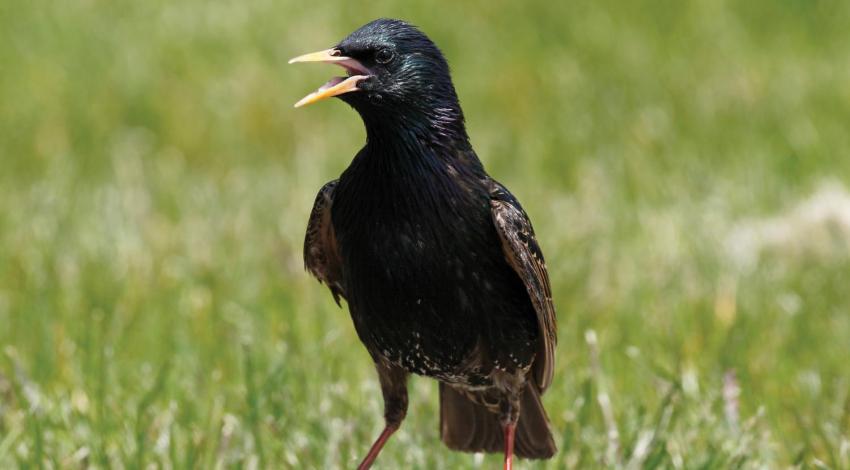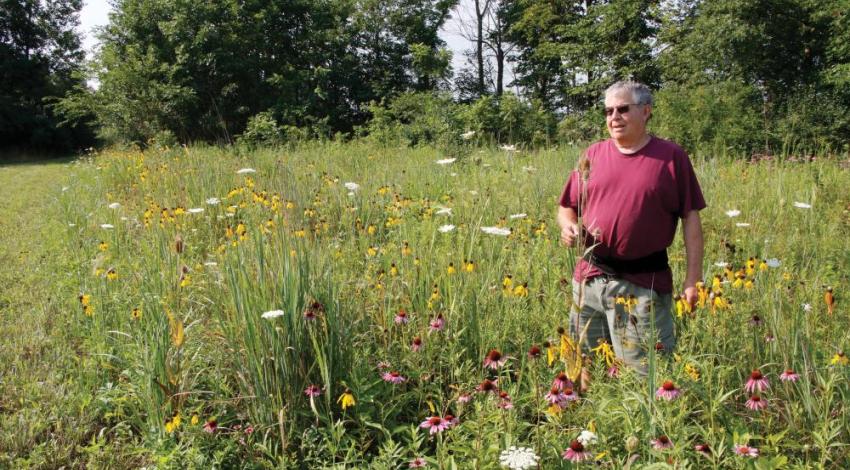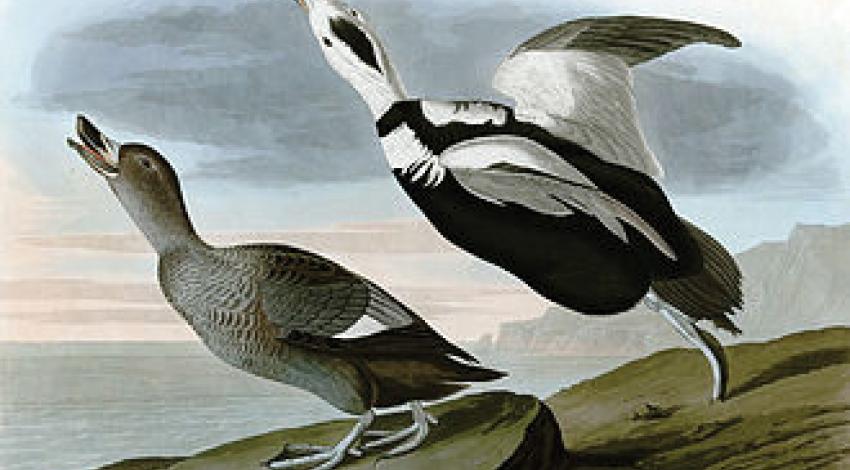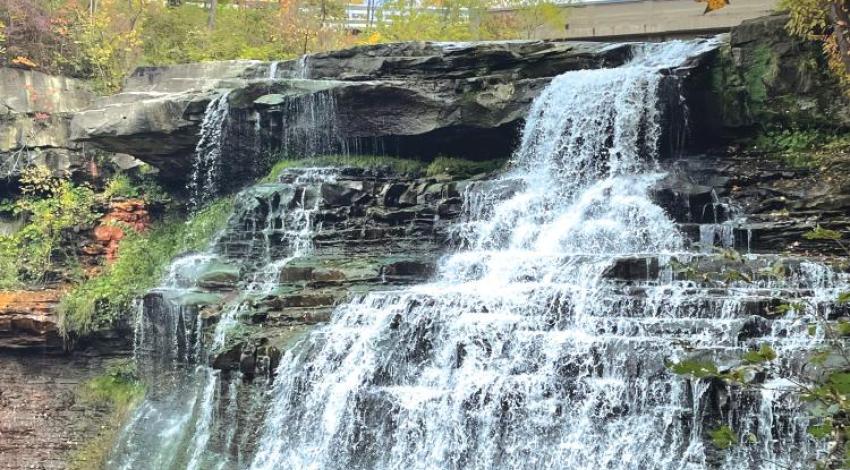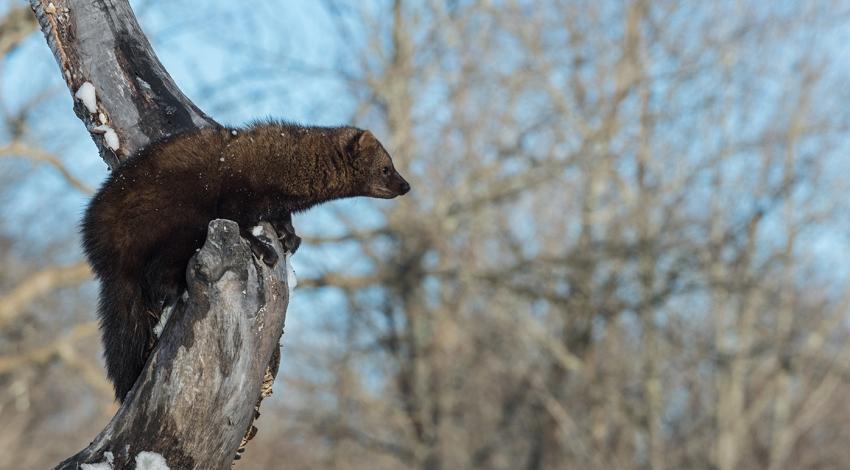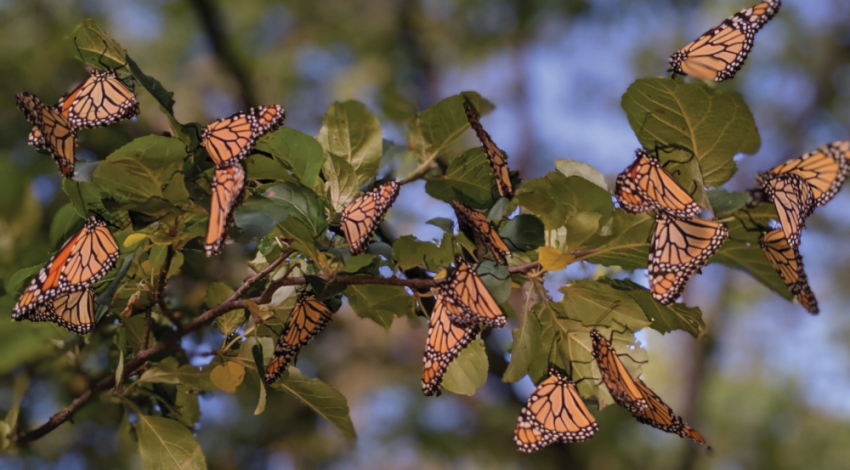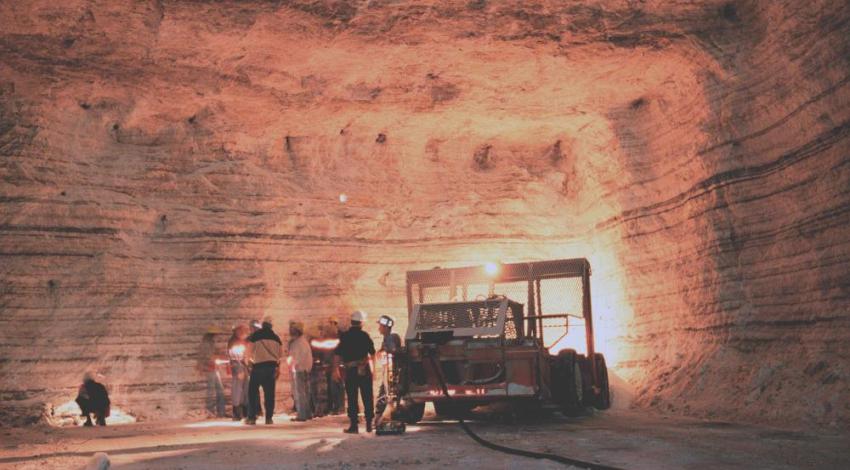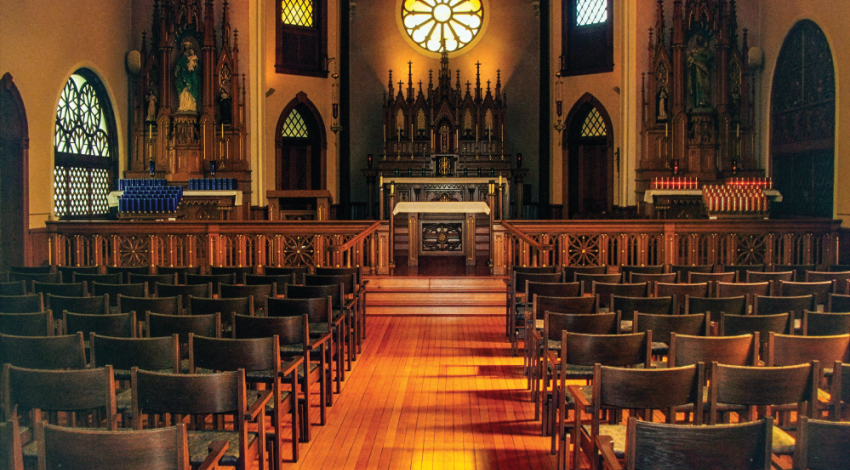Learning any hobby is always easier with a mentor — even a virtual one. Take birding, for example.
“The Merlin Bird ID app contains identification support and photos, sound recordings, maps, and descriptions for more than 10,000 bird species from around the world, with more species being added constantly,” says Kathi Borgmann, communications manager for the Cornell Lab of Ornithology, which developed and owns Merlin. “More than 29 million people worldwide have installed Merlin on their phones, with June 2024 seeing the greatest number of Merlin users, more than 5.4 million during that month alone.”
